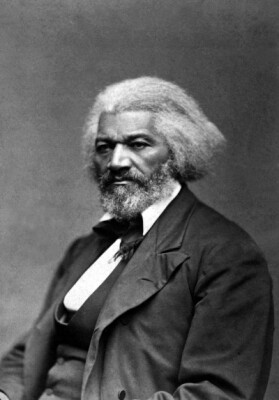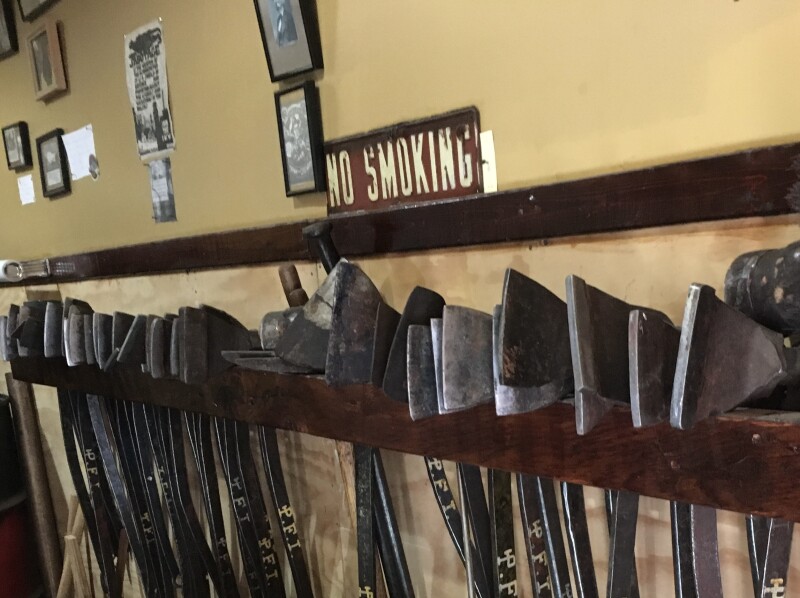If you make it out to the Pacific Fishermen Shipyard in Seattle, and spend a little time talking to semi-retired manager, Doug Dixon, he might show you a small room deep in the building – his personal shrine dedicated to Frederick Douglass.
“He was a shipwright,” Dixon said during a 2019 interview. The walls are hung with photos of Douglass, and lined with broad axes, caulking mallets, and caulking irons – tools of the 19th Century wooden boat builders.
While Frederick Douglass earned his fame as a writer and orator, delivering a famous speech, “What is the Fourth of July to a Slave?” on July 5, 1852, his earliest trade was as a caulker and shipwright. At age 12 Douglass, still a slave, began work in a Baltimore shipyard. In Baltimore he learned the trade and how to read and write, and he wrote later of how the ships coming and going from all over the world, sailing free on the wind, tormented him until he decided to make a break for it.
“I will run away. I will not stand it. Get caught or get clear, I’ll try it. I may as well die with ague as with fever. I have only one life to lose. I may as well be killed running as die standing. Only think of it: one hundred miles north, and I am free! Try it? Yes! God helping me, I will. It cannot be that I shall live and die a slave. I will take to the water,” Douglass wrote.
Dressed as a sailor, with a special pass that allowed black sailors to travel between ports – loaned to him by black sailor – Douglass boarded a train to New York.
“In my clothing, I was rigged out in sailor style,” Douglass wrote. “I had on a red shirt and a tarpaulin hat and black cravat, tied in sailor fashion, carelessly and loosely about my neck. My knowledge of ships and sailor’s talk came much to my assistance, for I knew a ship from stem to stern, and from keelson to cross-trees, and could talk sailor like an ‘old salt.’”
The train conductor gave his papers a cursory glance and sold him a ticket, and Douglass made it north. He moved to New Bedford, Mass., then a hotbed for abolitionists. A budding orator, Douglass sailed over to Nantucket, where he gave his first speech calling for freedom for all.
On July 5th, 1852, he called on America to deliver on its promise for all Americans regardless of color.








